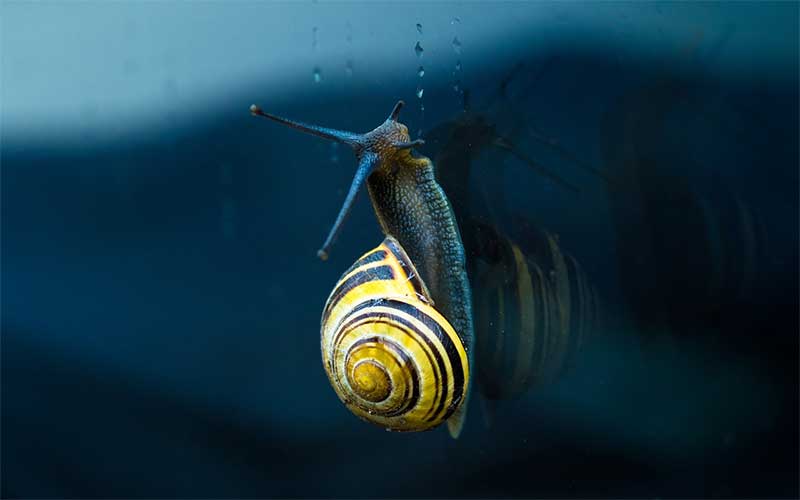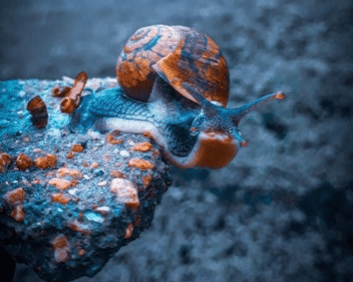Snails invade crops or gardens.
In 1966, a boy sneaked three Giant African snails (Achatina fulica) from Hawaii to South Florida in the United States. The boy’s grandmother eventually released the snails in her garden, and seven years later the mollusks had created about 18,000 adult snails and thousands of eggs, which by then was a plague of enormous proportions. In total, the child’s mischief cost about 1 million dollars and ten years to eradicate from Florida.
Snails reproduce with relative ease. They eat almost anything organic, and a single individual can have hundreds of offspring each year. So when the population rises to excessive levels and begins to affect humans or other animals, it becomes a problem.
Snail Pest
A pest is an insect or another animal that affects humans or their activities. It can compete for food or carry organisms that compromise people’s health.
From this perspective, some species of snails develop into dangerous pests that have mainly affected agriculture. However, a species can be a pest in one place and not in another, as its adverse effects are not the same everywhere.
Some species of snails develop into dangerous pests that have mainly affected agriculture.
Often, animals introduced into areas where they are not native become pests once they predate some local species or alter the ecological balance of their new habitat. They can thrive so well there that their numbers increase so quickly and their adverse effects on the site multiply.
This problem happened with the Giant African Snail (Achatina fulica), a species native to the African continent but now present in many parts of the world, from America to some islands in the Pacific. The Global Invasive Species Database of the Invasive Species Specialist Group of IUCN lists this snail as one of the 100 worst invasive species. An invasive species is one that does not belong naturally to a particular area and causes many damages to the places where introduced.
But it is not the only one. Other species of snails considered to be pests in various parts of the world are:
– Succinea costaricana, which affects ornamental plants in Costa Rica.
– Ovachlamys fulgens is responsible for affectations to ornate and orchid plants in the same Central American country.
– Cernuella virgata, Theba pisana and those of the genus Cochlichella, which reduce the quality of grains planted in Australia.
– Helix aspersa (garden snail), which damages citrus in California, United States.
The problem with land snails regarding agriculture is that they show a significant preference for the consumption of economically valuable crops for humans such as cacao, squash, papaya and others. When they eat these plants, cause economic losses and food scarcity.
Risk for humans
Many snails harbor parasites capable of reaching other animals and people, causing dangerous diseases such as meningitis. Some parasites do not affect the snails that host them, but in case that some animal or people eat the infected mollusk, then the parasite enters their body and becomes a problem.
For example, some snails have the worm “Parelaphostrongylus tenuis,” which once inside the body of an elk, deer, or caribou, infects them and eventually kill them. In the same way, if the edible snails are eaten raw or not cooked properly, the parasites survive and affect the human health. There is also a risk of death.
There are certain pest control measures implemented by governments. However, anyone can help to control snails by preventing moisture from building up in the garden and home and avoiding sites with organic waste that can become the perfect home for them.
Sources:
http://ipm.ucanr.edu/PMG/PESTNOTES/pn7427.html
http://ipm.ucanr.edu/QT/snailsslugscard.html
https://www.rhs.org.uk/advice/profile?PID=231
https://www.agric.wa.gov.au/pest-animals/snail-and-slug-control
BioExpedition Publishing © 2017.







